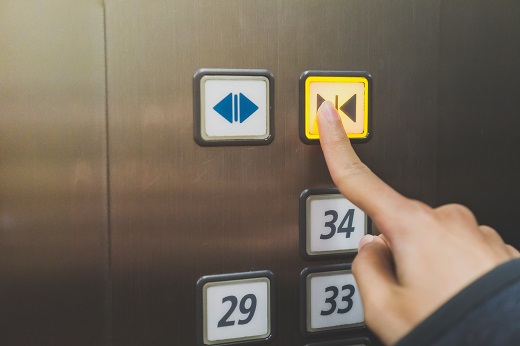Have you ever pressed the button in an elevator to close the door and then wondered, “Did the door close any faster because I pushed the button?” The answer is often “no.” __1__ The term placebo normally refers to a pill given to patients that contains no real medicine. Just like taking a placebo pill, pushing a placebo button doesn’t do anything. Or does it?
__2__ One common location is at crosswalks◆. When pedestrians want to cross an intersection◆, they often push the pedestrian button, thinking it will make the traffic light change faster. __3__ More of them did in the past, but as intersections got busier and traffic signal timings◆ more complex, it became less desirable for pedestrians to have control over them. Most of the buttons were simply left in place, though, rather than having them removed.
There are some who believe that these placebo buttons in fact do serve a purpose. __4__ It is human nature to want to be in command of all situations. When we aren’t in charge, we can feel helpless and weak. Placebo pills can actually improve patients’ health conditions because they think they’ve taken real medicine. By the same token, placebo buttons can make us feel better because we think we’ve exercised control over our surroundings. __5__
So now that you know this, will you still push the pedestrian or elevator door button next time you see one?
(A) By pressing them, people are given the illusion of control.
(B) This is one example of what people refer to as a “placebo button.”
(C) Doctors give their patients placebo pills to see if they’ll recover sooner.
(D) On top of that, it takes so little energy to push a button and enjoy that placebo effect.
(E) Before answering that question, it’s worth noting that the world is full of placebo buttons.
(F) However, according to one Department of Transportation representative in New York, only about 100 of the city’s 1,000-plus pedestrian buttons actually work.
 |

![]()

![]()
沒有留言:
張貼留言